
Sweet! USDA Limits Added Sugar for Students
The United States Department of Agriculture (USDA) released its final rule updating the School Nutrition Standards to be consistent...
Find the latest articles, podcasts, videos and other materials from First Focus on Children experts.

The United States Department of Agriculture (USDA) released its final rule updating the School Nutrition Standards to be consistent...
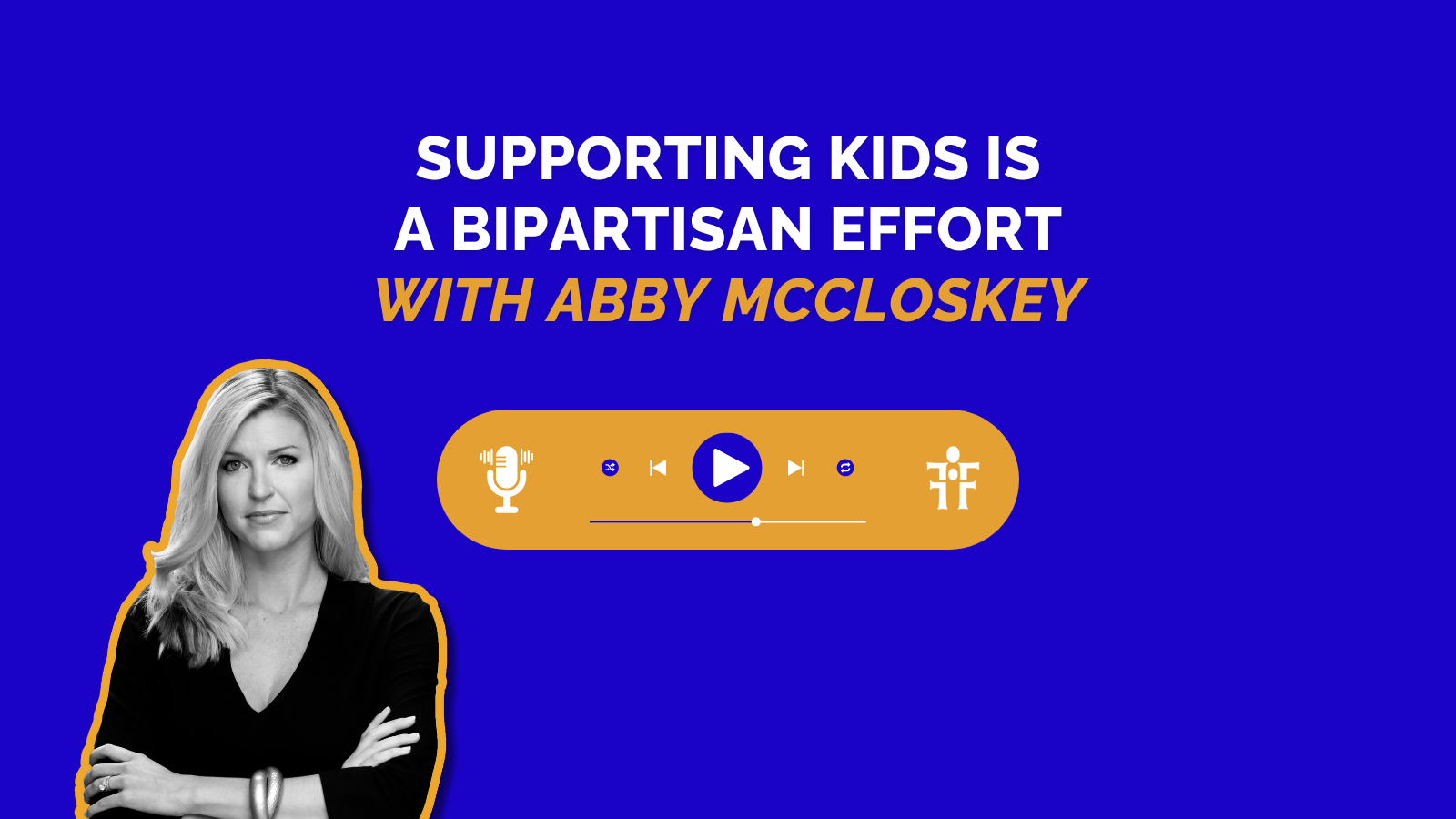
In this episode, our hosts Bruce Lesley and Messellech “Selley” Looby chat with Abby McCloskey, who directed the Convergence Collaborative...

In recent years, technology has advanced at a rapid speed. Our society has seen amazing new developments with technologies...
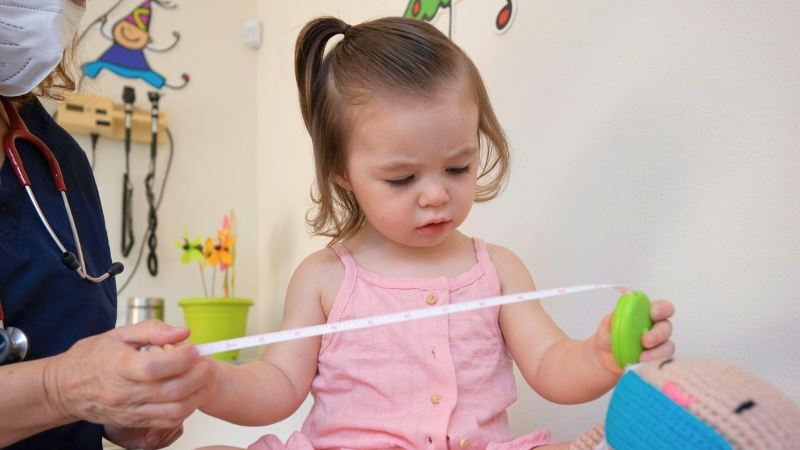
Medicaid and the Children’s Health Insurance Program (CHIP) collectively provide comprehensive health care coverage to more than 38 million...
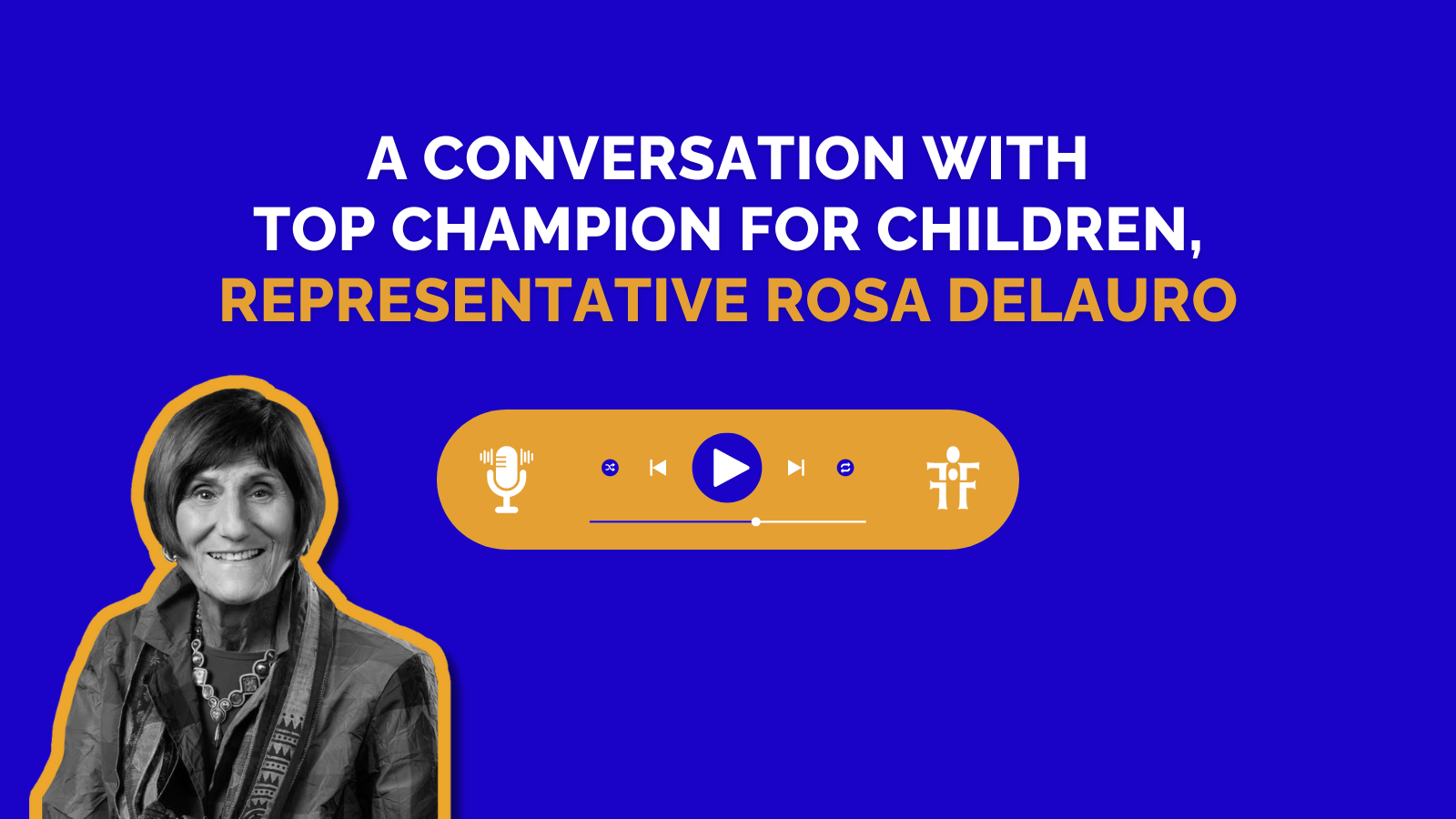
In this episode, our hosts Bruce Lesley and Messellech “Selley” Looby chat with Representative Rosa DeLauro, a top champion...
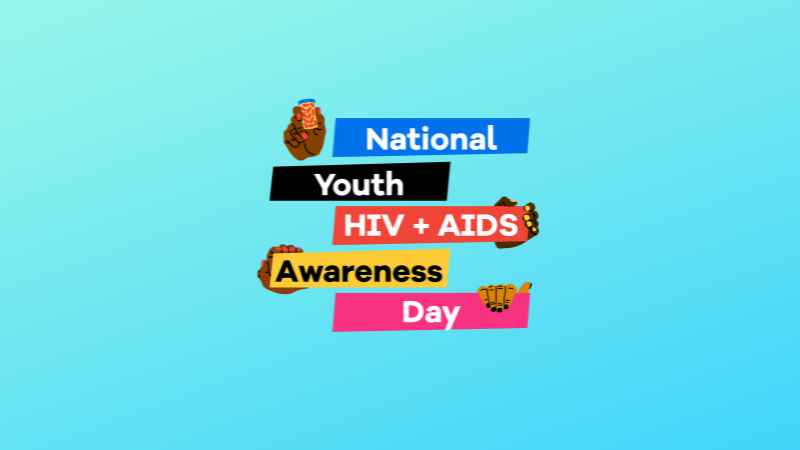
April 10 is National Youth HIV/AIDS Awareness Day (NYHAAD). Today offers an opportunity to learn about the impact of...

Great news for children’s health insurance: A new federal regulation recently finalized by the Centers for Medicare & Medicaid...
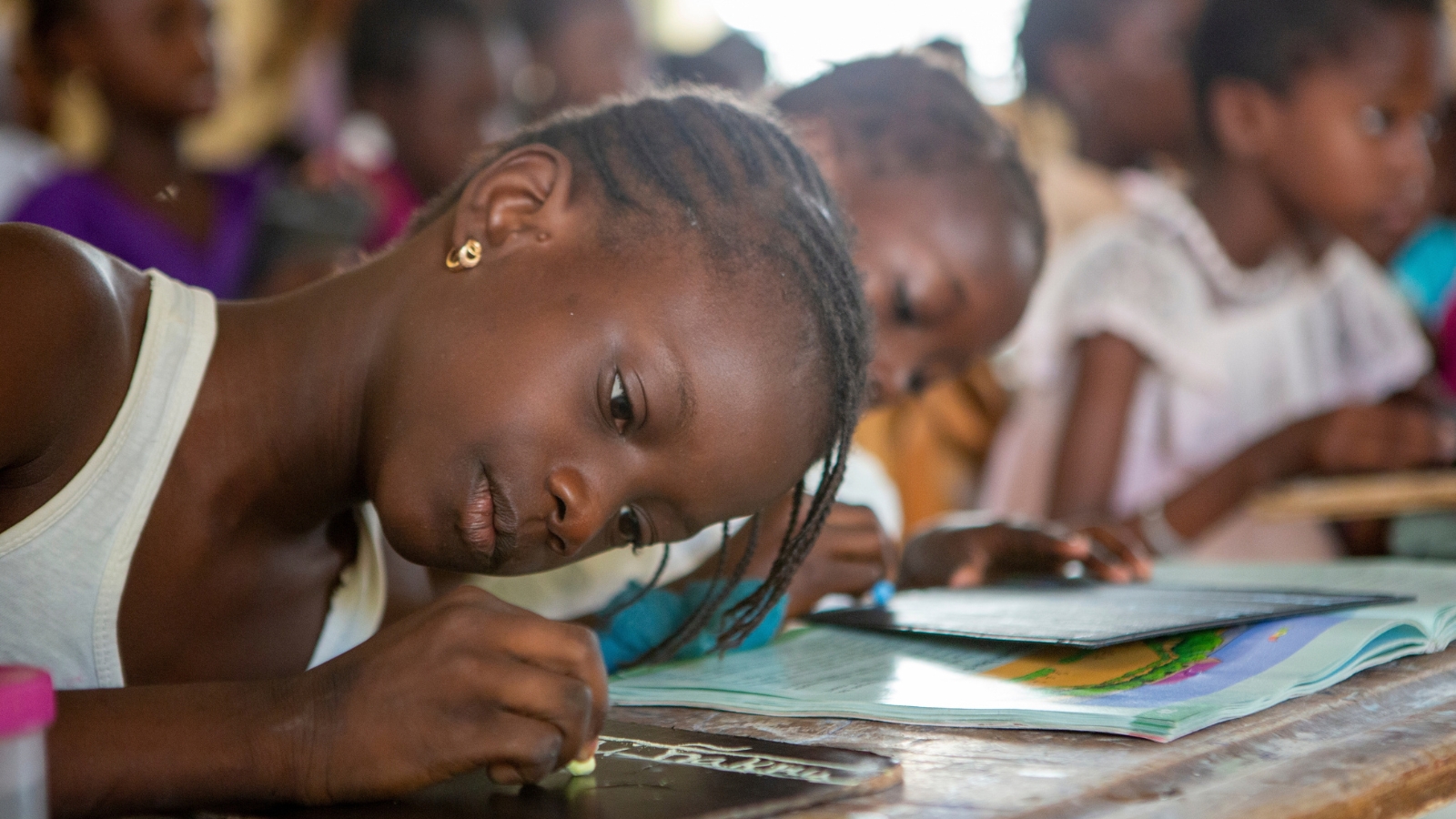
Congress has finally passed its last Fiscal Year (FY) 2024 funding bills, with welcome plus-ups in international funding for...

More than 4.6 million children have lost Medicaid coverage due to the “unwinding” of health care protections put in...